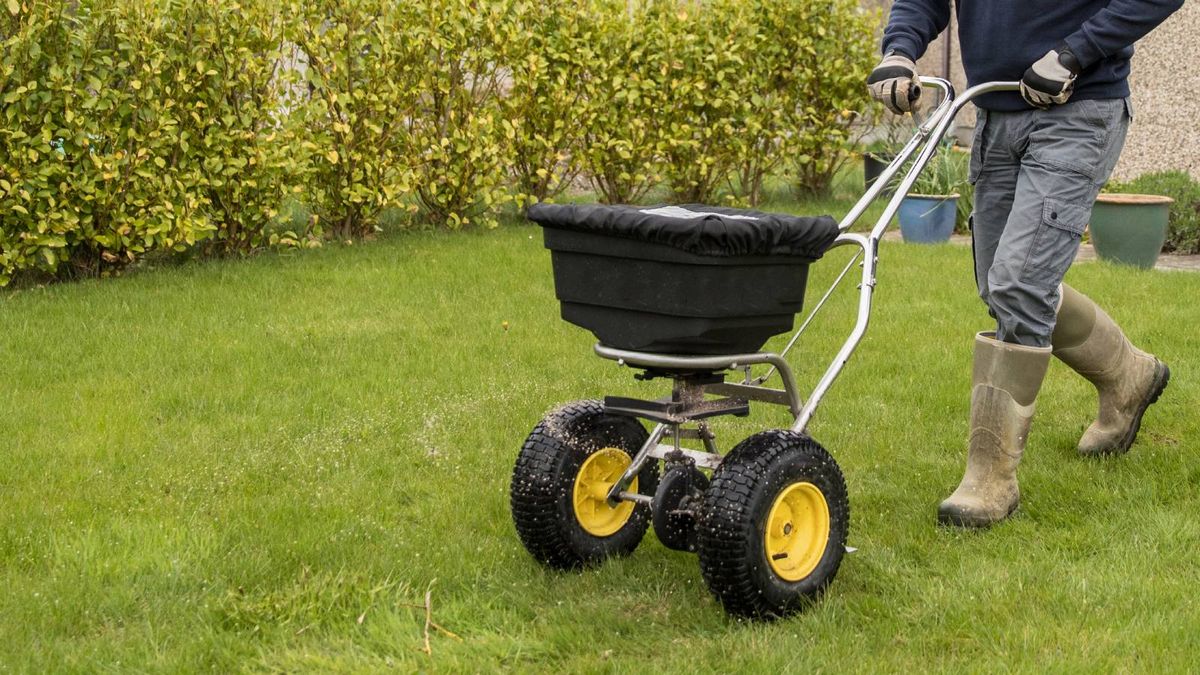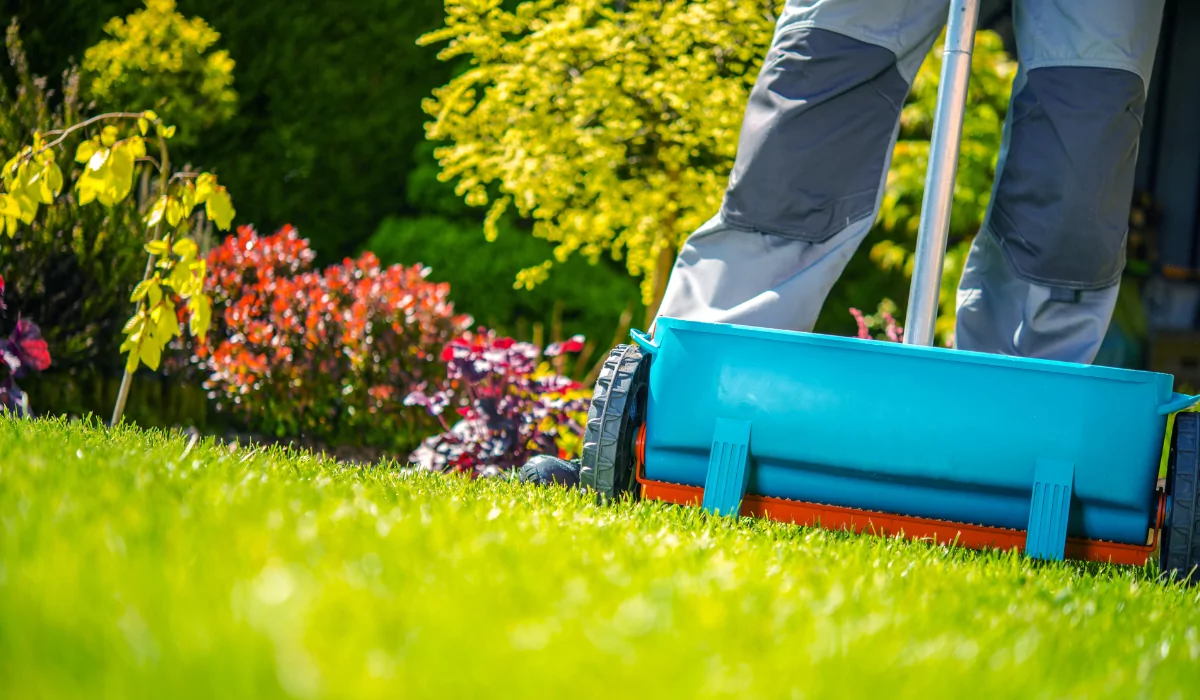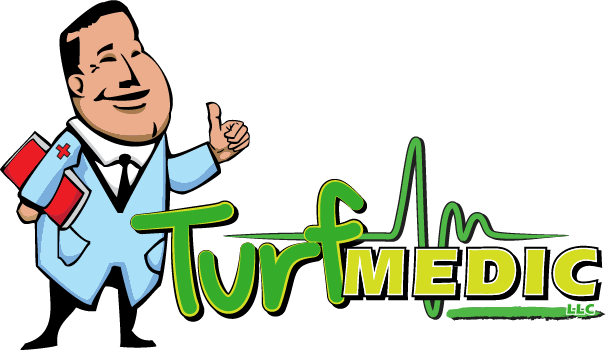We’ve all seen it happen – a neighbor decides their lawn needs a boost, so they head to the local garden center and figure if one bag of fertilizer is good, two bags must be better. Fast forward three weeks, and their once-beautiful yard looks like it’s been hit with a chemical disaster – brown patches everywhere, areas of unnaturally dark green grass, and weeds popping up faster than they can pull them.
The thing is, when it comes to fertilizing your lawn, more definitely isn’t better. In fact, giving your grass too much of what it needs can be just as damaging as not feeding it at all. Over-fertilizing is one of the most common lawn care errors homeowners make, especially here in the Greencastle area where we all take pride in having the best-looking yard on the block.
In this guide, we’re gonna walk through the telltale signs that your lawn might be suffering from too much fertilizer, why this happens so often, and what you can do about it. Understanding these warning signs could save you hundreds of dollars and months of frustration.
The Most Common Signs of Over-Fertilizing Your Lawn
When your lawn has been over-fertilized, it’ll show you pretty clear warning signs – you just need to know what to look for. These symptoms can appear anywhere from a few days to a few weeks after application. Here are the most common signs of over-fertilizing that Greencastle homeowners should watch out for:
- Fertilizer burn patches – Brown or yellow irregular patches with yellowish-brown edges that appear suddenly across your lawn. This happens when excess fertilizer creates salt buildup that literally burns grass roots.
- Unnaturally dark green, fast-growing grass – While this might look good at first, this rapid growth is weak and soft, making your lawn vulnerable to disease and pests. You’ll be mowing constantly.
- Increased disease and pest problems – Over-fertilized lawns become magnets for fungal diseases and attract insects that love nitrogen-rich, soft grass.
- Thatch buildup – Excessive growth leads to more dead grass material that doesn’t break down properly, creating a thick layer that blocks water and nutrients.
- Shallow root systems – Too much nitrogen causes grass to put all its energy into top growth instead of developing deep, strong roots that can handle drought and stress.
Why Over-Fertilizing Happens (And How to Avoid It)
Over-fertilizing usually happens because homeowners think more fertilizer equals a better lawn. This “more is better” mentality gets worse when you’re trying to fix lawn issues quickly or competing with neighbors who seem to have perfect yards. Here’s how to avoid the most common over-fertilization mistakes:
Step 1: Read and follow label directions exactly
Don’t guess at application rates or try to “boost” results by using extra fertilizer. The rates on the bag are calculated for optimal grass health.
Step 2: Get a soil test every 2-3 years to know what nutrients your lawn actually needs
You might discover your soil already has plenty of phosphorus or potassium.
Step 3: Use the right fertilizer for your grass type
Cool-season grasses, such as those found in Greencastle, require different nutrient ratios than warm-season varieties.
Step 4: Time applications properly
Spring and fall are typically the best times for fertilizing in Pennsylvania. Don’t fertilize during hot summer months or right before heavy rains.
Step 5: Calibrate your spreader
Test your spreader settings on pavement first to make sure you’re applying the right amount. Too much overlap causes hot spots.
Step 6: Water correctly after application
Light watering helps activate granular fertilizer, but avoid heavy watering that can cause runoff.

What to Do If You’ve Over-Fertilized Your Lawn
If you’re seeing signs of over-fertilization, don’t panic – most lawns can recover with the right approach. The key is acting quickly to minimize damage and giving your grass the best chance to bounce back. Recovery usually takes about 6-8 weeks, but severely burned areas might need longer or require reseeding.
The first thing you need to do is start deep watering immediately to flush excess fertilizer salts from the soil. Water for 30-45 minutes in each area, allowing the water to soak in slowly rather than running off. This helps dilute the salt concentration that’s burning your grass roots. Continue this deep watering every other day for the first couple weeks, and remove any visible fertilizer granules that haven’t dissolved yet.
Stop all fertilizing completely during the recovery period. Your lawn doesn’t need more nutrients right now – it needs time to heal from the damage that’s already been done. As you see new green growth appearing in burned areas over the next few weeks, you can gradually space out the watering schedule.
Once your lawn shows consistent new growth after 6-8 weeks, you can return to normal watering and consider a light fertilizer application at half the recommended rate. Severely damaged areas might need overseeding in fall, but give your existing grass time to recover first.

Prevention: The Professional Approach to Proper Fertilization
The key to preventing over-fertilization is understanding that your lawn needs the right nutrients at the right time, not just more fertilizer. Professional services prevent over-fertilization because they take a systematic approach:
- Soil testing first – They test your soil to determine exactly what nutrients are missing and what’s already abundant, so they’re not adding unnecessary chemicals.
- Calibrated equipment and proper application rates – Professionals use equipment that applies fertilizer evenly at the correct rate, eliminating hot spots.
- Seasonal timing schedules – They understand that Pennsylvania lawns need different nutrients at different times of year, not just one heavy spring application.
- Weather-based adjustments – Professional services adjust timing based on rainfall, temperature, and soil conditions to prevent runoff and salt buildup.
- Customized programs – Instead of generic store-bought fertilizers, professionals create treatment plans based on your specific grass type and soil conditions.
- Proper timing of treatments throughout seasons – Professional lawn care follows environmental best practices that protect both your lawn and local water resources.
Conclusion
The signs of over-fertilizing are pretty clear once you know what to look for – fertilizer burn patches, unnaturally dark green grass that grows too fast, and increased problems with diseases and pests. Most over-fertilization happens because homeowners mean well but don’t have the right information about application rates, timing, or their soil’s actual needs.
If you’re dealing with over-fertilization right now, remember that most lawns can recover with proper care and patience. Focus on deep watering to flush out excess salts, stop fertilizing completely during recovery, and give your grass 6-8 weeks to bounce back.
The best approach is prevention through proper soil testing, following label directions exactly, and understanding your lawn’s specific needs throughout the growing season. If you’re not confident about fertilizing on your own or want to avoid these costly mistakes, working with a professional Maryland lawn care service can save you time, money, and the frustration of watching your lawn suffer from too much of a good thing.

Recent Comments